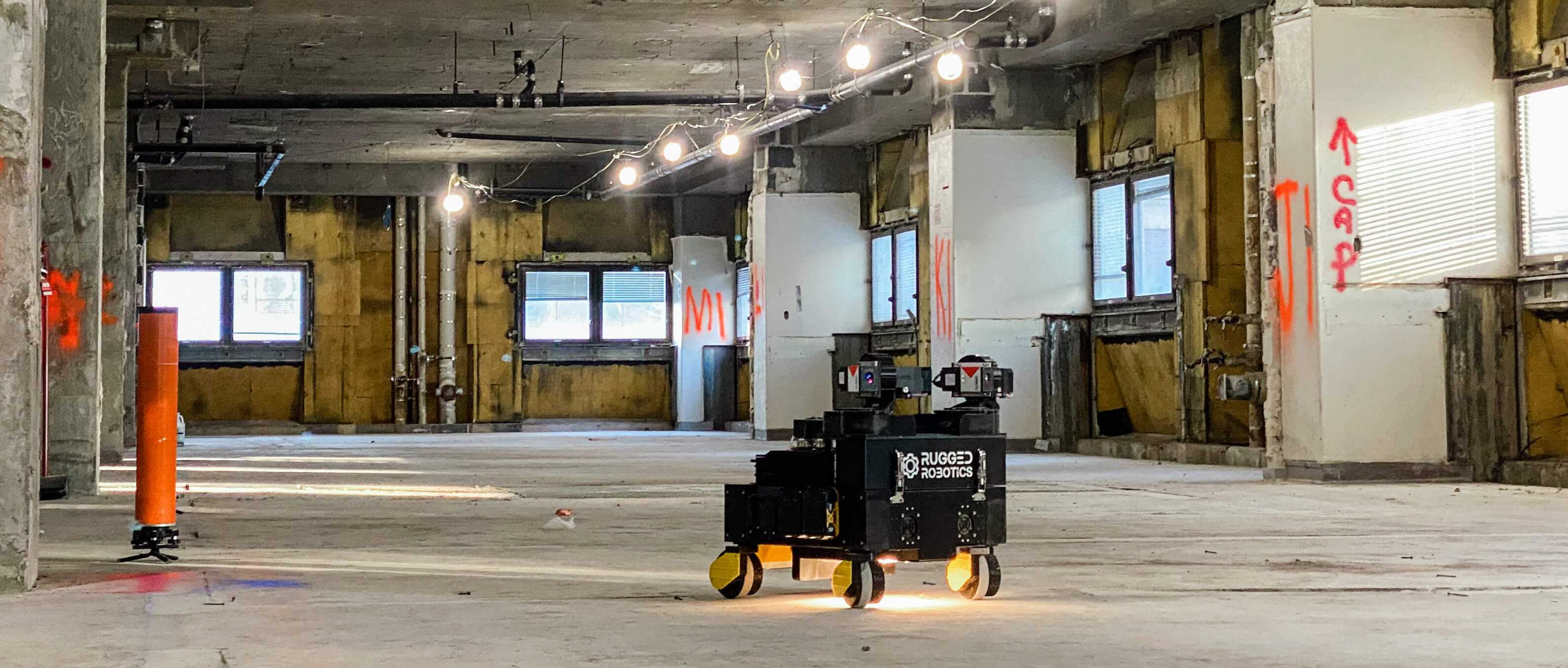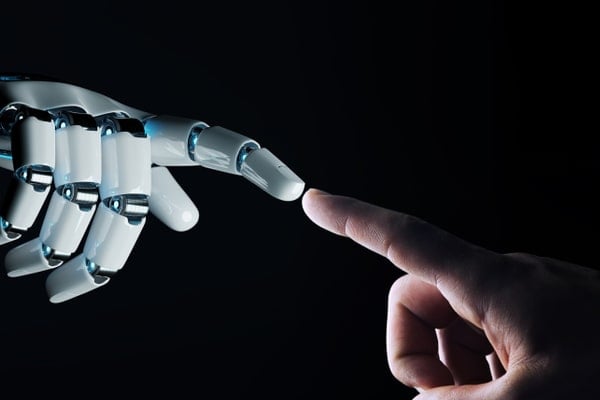
Hardware for Commercial Construction Robot Rovers
PCB that controls the power management, sensing, and safety of a robot power system

Rugged Robotics is a construction technology startup that implements robotics and automation into construction labor.The company created a robot rover prototype that marks construction sites according to schematic drawings. The prototype was based on off-the-shelf modules. To lower the cost and improve performance, Rugged Robotics needed a custom PCB that would replace expensive modules.
Case Highlights
- Measuring the current and voltage consumed by the boards and motors
- Controlling battery safety
- Monitoring and managing data through a USB interface
Project Information
T&M (Time and Materials)
Kanban
Schematic Engineers
PCB Designers
Firmware Developer
Tech Lead
Project Manager
Problem
The client produced a robot prototype powered by eight batteries. There were some performance issues with the power system, which prevented the device from going to market. The client wanted Softeq to rearrange the system schematic and provide additional circuitry for a power switch. The new solution would manage the robot's power supply, monitor the boards' currents and voltages, and control batteries' safety.
Solution

Battery Management System (BMS)
To maintain connector consistency across the power system, we designed a custom BMS to replace the inefficient power system.
Component Optimization
We replaced the off-the-shelf controller with our custom-built microchip to connect/disconnect the external batteries and measure voltages and currents passing through the board.
Component Testing
At the component selection stage, we simulated the board's operation through specialized software and found a discrepancy between the board performance graph and the technical requirements. To remedy this issue, we changed one of the board's crucial microcircuits and after that the device began to work properly without further upgrades.
Real-Life Testing
After we field-tested the robot, we fine-tuned two more features:
- The client asked to upgrade the navigation system. Our improvements enabled the robot to reach a required location with higher accuracy.
- We decided to optimize the power management system. Our engineers lowered the LED power supply from 20 volts to 5. This allowed us to avoid overload, overheating, and the possibility of a short circuit.
PCB Functionality
We developed a PCB that measures the voltage of all eight batteries (2s4p pack) separately in real time and the current consumed from each of them. If it exceeds the specified limits, the battery is disconnected from the common bus. The PCB also cuts the battery supply off once it reaches an unsafe discharge level.
The PCB provides:
- Voltage sensing at the bus and 2s levels
- Power supply to each of the power converters
- Remote control of the 24V supply on/off
- Power switch connection through a relay at the bus level
- Data monitoring and managing through a USB interface
The board was manufactured by one of the Softeq partners in China.
Need Expert Hardware Design Assistance?
We’ll guide you from the initial concept through trial manufacturing and all the way to mass production, accelerating your product’s development cycle See how
Result
Project Outcomes
We delivered the project on time and on budget. One of the microchips we built is ⅕ the price of the client’s initial module yet performs more functions.





